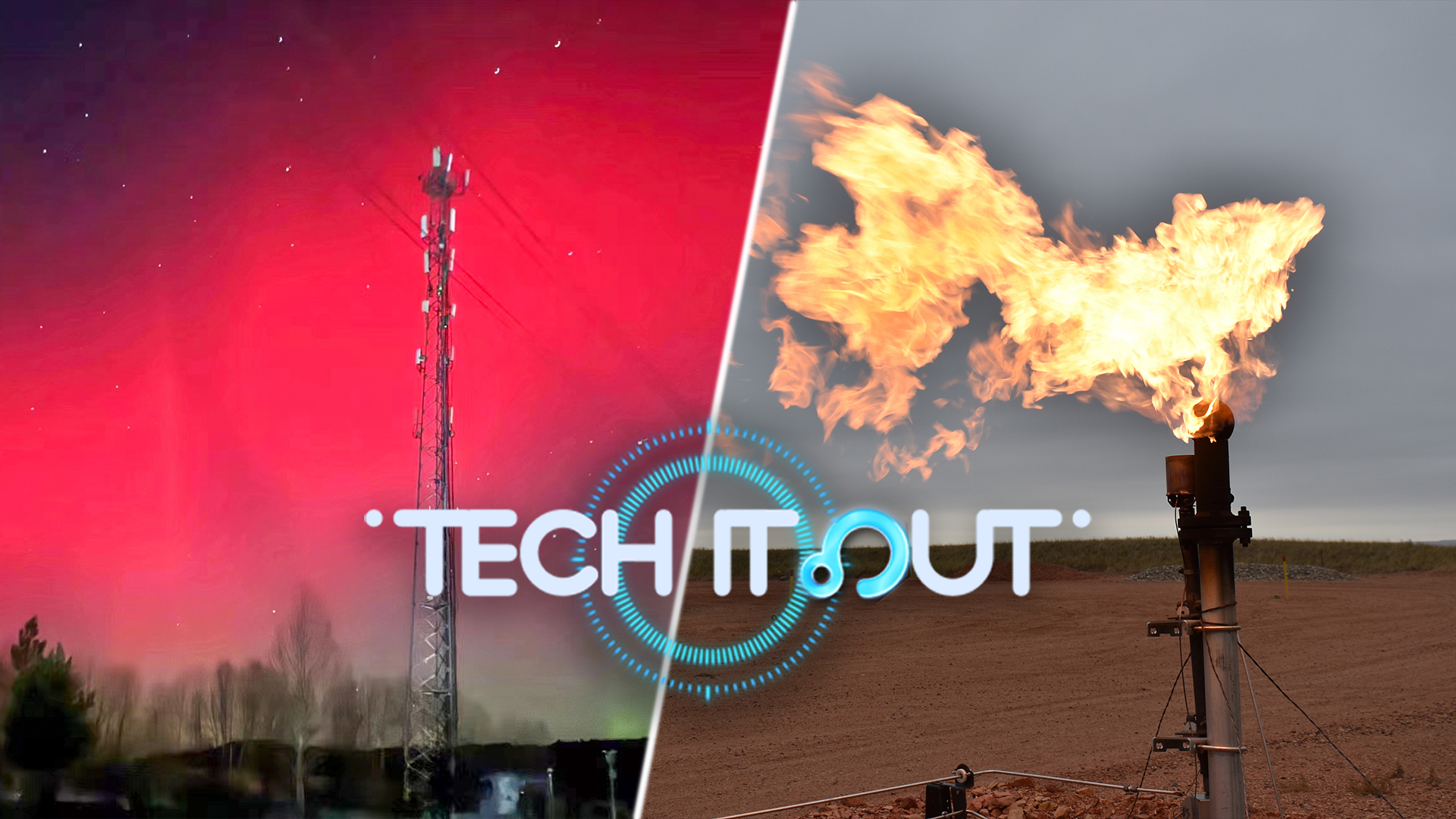02:56

UN climate change conference
New climate pledges at COP28 in Dubai! The United States has unveiled final rules to crack down on the release of methane by the oil and gas industry. It will ban the routine flaring of natural gas produced by newly drilled oil wells; require oil companies to monitor for leaks from well sites and compressor stations; and establish a program for third party remote sensing to detect large methane releases. A 150-country pledge was made two years ago to slash methane emissions by 30 percent from 2020 levels by 2030.
Stunning auroras
A stunning aurora spotted in northern China! This rare phenomenon was seen last weekend in many high-latitude areas like northeast China's Heilongjiang and north China's Inner Mongolia. What was surprising though, it also appeared in a lower latitude area like Beijing. This is the second time that the Chinese capital has witnessed the auroras. The last appearance was 20 years ago in 2003. The extraordinary treat is apparently due to a solar eruption that occurred at the end of last month.
Snail-inspired robot
A snail-inspired robot aims to scoop microplastics from the ocean. The design is based on the Hawaiian apple snail, which uses its foot to drive water surface flow and suck in floating food particles. Currently, plastic collection is done by drag nets or conveyor belts. But they lack the fine scale required to retrieve microplastics. Scientists hope to use the robot to scoop tiny particles of plastic, which often get ingested and end up in the tissues of marine animals, and eventually enter the food chain and harm humans.
Penguins' sleep strategy
Penguins have a unique four-second sleeping strategy! In this bizarre sleep pattern, the chinstrap penguins nod off thousands of times per day, but for only around four seconds at a time. But it gives them their daily sleep needs of around 11 hours and helps them stay constantly vigilant over their nests. Scientists, however, say these micro sleeps may be dangerous for humans, especially when driving. But the study helps us understand how wild animals adapt, to balance the demands of survival and rest.


